Today, August 1, at Thai Nguyen University, the Ministry of Education and Training held a seminar to provide comments on the draft circular regulating university education institution standards. At the seminar, the representative of the group of experts advising the Ministry of Education and Training on the draft, Professor Vu Van Yem (Hanoi University of Science and Technology) shared his views on the criteria for land area of universities.
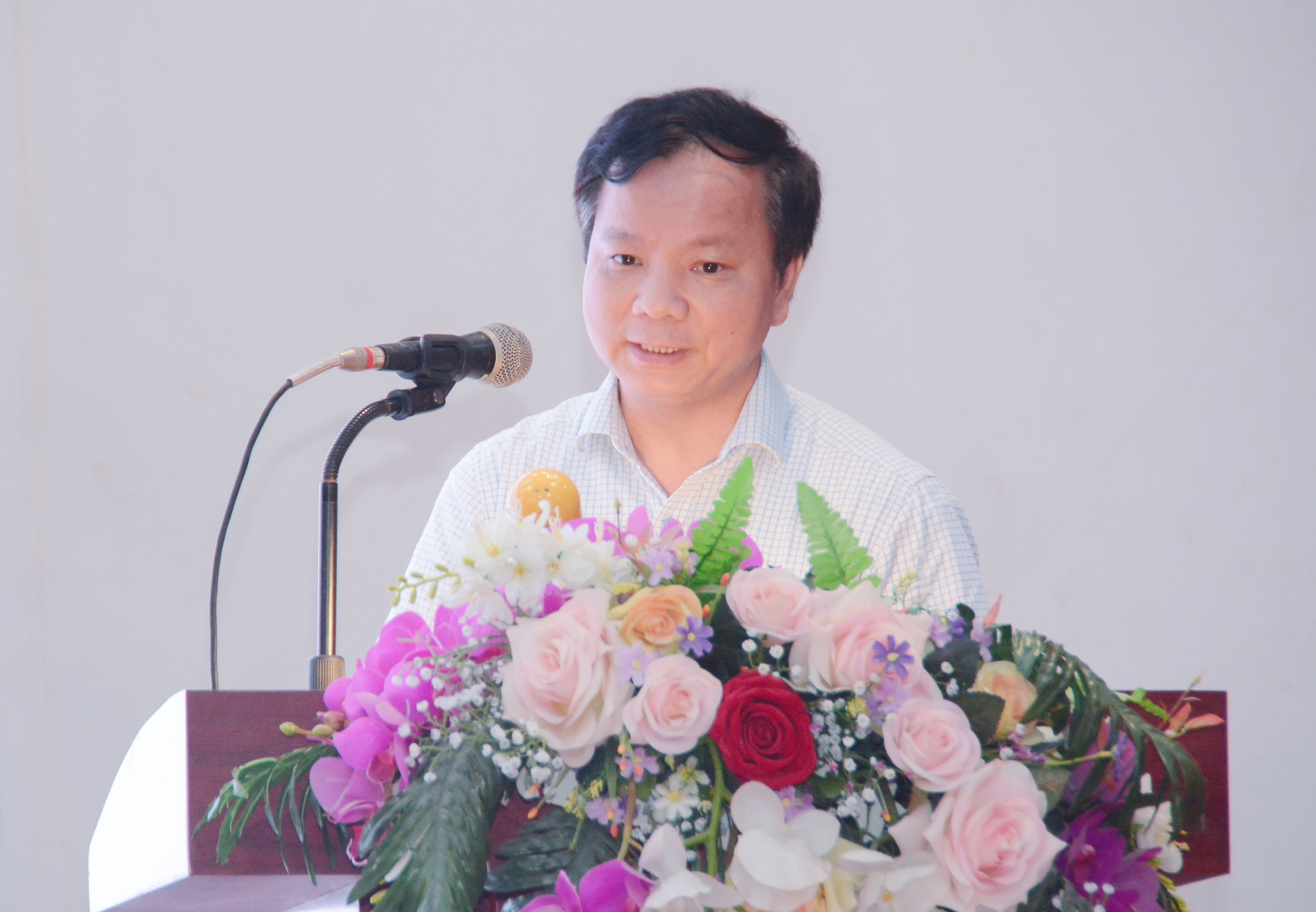
Professor Vu Van Yem (Hanoi University of Science and Technology), representative of the advisory team helping the Ministry of Education and Training build a draft standard for university education institutions.
According to the draft circular regulating university education institution standards, one of the criteria of the standard is the land area per full-time student. Specifically, the land area per full-time student, according to the training level, training field and campus location from 2030, must not be less than 25 m2 for each locality where the training institution has its headquarters and branches.
According to Professor Vu Van Yem, a university must have an environment, campus infrastructure, facilities, information systems and learning materials that meet the requirements to ensure the quality of teaching and learning. To create an environment and campus infrastructure worthy of a university, the university must be built on a large enough area.
Currently, the construction standards issued in 1985 are still in effect. In addition, in May 2021, the Ministry of Construction also issued Circular No. 01/2021/TT-BXD on national technical regulations on construction planning. However, these documents only provide general requirements for construction works. With the draft standards for university education facilities, for the first time, the Ministry of Education and Training plans to set specific requirements on the minimum area that a university campus must meet.
Professor Yem also said that during the process of giving comments on the draft, there were two streams of opinion on this criterion. The first stream believes that now is the era of digital transformation, the 4.0 industrial revolution, training activities can be deployed in virtual space, so there is no need for strict regulations on land area for universities.
But there is another opinion that no matter what era, a university must still have the shape of a university; the area must be large enough not only to have a place to carry out training and research activities, but also to give students the space to experience the university environment. It is not only a place to study but also a place to work with friends, a place for them to experience exchange activities, culture, sports, etc.
"Personally, I support the second point of view. In the university education management community, many people have worked and visited foreign universities many times, and have seen that their campuses are very spacious, hundreds of hectares wide. As for us, universities are generally very small, and very few universities have campuses that meet the pedagogical environment. We do not expect our universities to be hundreds of hectares wide, but only dare to propose 25 square meters per student, because we still consider feasibility," Professor Yem shared.
Professor Yem also said that this standard is not equal but has a coefficient according to each training field. In which, the fields of technical technology, engineering, production and processing, architecture and construction have the highest coefficient of 1.5; arts, veterinary medicine, health have a coefficient of 1.2; the lowest are training fields in the social sciences, business, management, services... with a coefficient of 0.8.
Professor Yem said: "With public universities, the State, specifically localities, ministries, and sectors (with public universities) need to be responsible for investing to achieve this standard."
Source link

















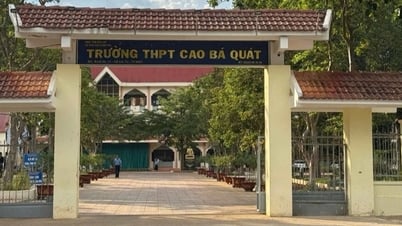













































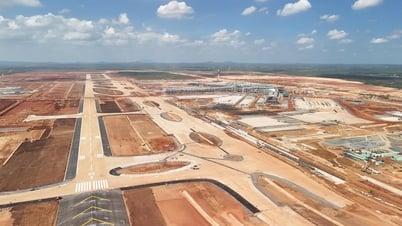




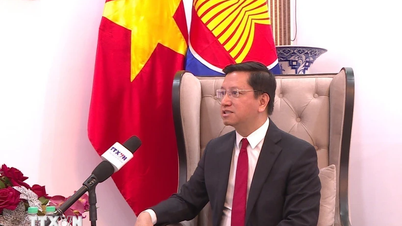


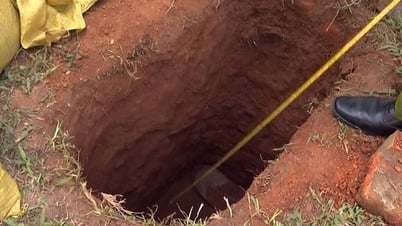


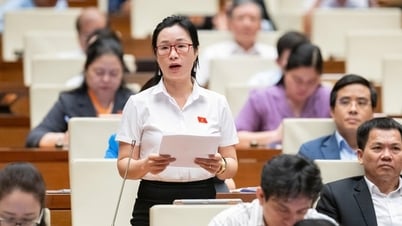



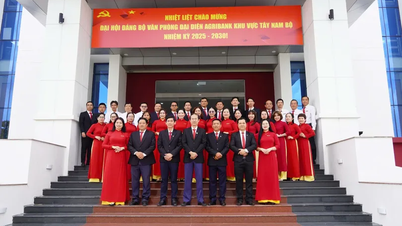

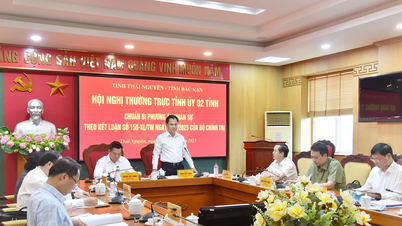





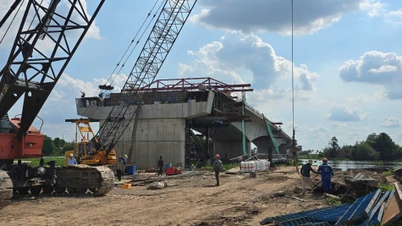










Comment (0)